Did you know that the Camino de Santiago is not just a pilgrimage route, but also a profound journey towards self-knowledge and spirituality? With the discovery of the tomb of the Apostle James in Compostela, Christian pilgrims began to travel to venerate his remains. From this moment on, the Camino de Santiago became one of the most important pilgrimages in Christianity and the world. Today, the Jacobean routes are traveled by thousands of pilgrims every year, but what are they looking for, and more importantly, what do they find? Let’s discover it together.

The Camino de Santiago is an ideal place for reflection
Spiritual Significance of the Camino de Santiago
The Camino de Santiago is more than a physical journey; it is also a spiritual journey that transforms those who walk it. This Camino has deep religious and mystical roots that have endured over the centuries.
History and Religious Tradition Associated with the Camino
The Camino de Santiago originated in the Middle Ages. Pilgrims traveled to venerate the relics of the Apostle James the Greater. According to tradition, the apostle’s remains were brought to Galicia by his disciples after his martyrdom in Jerusalem. Since then, the Camino has become an important Christian pilgrimage route.
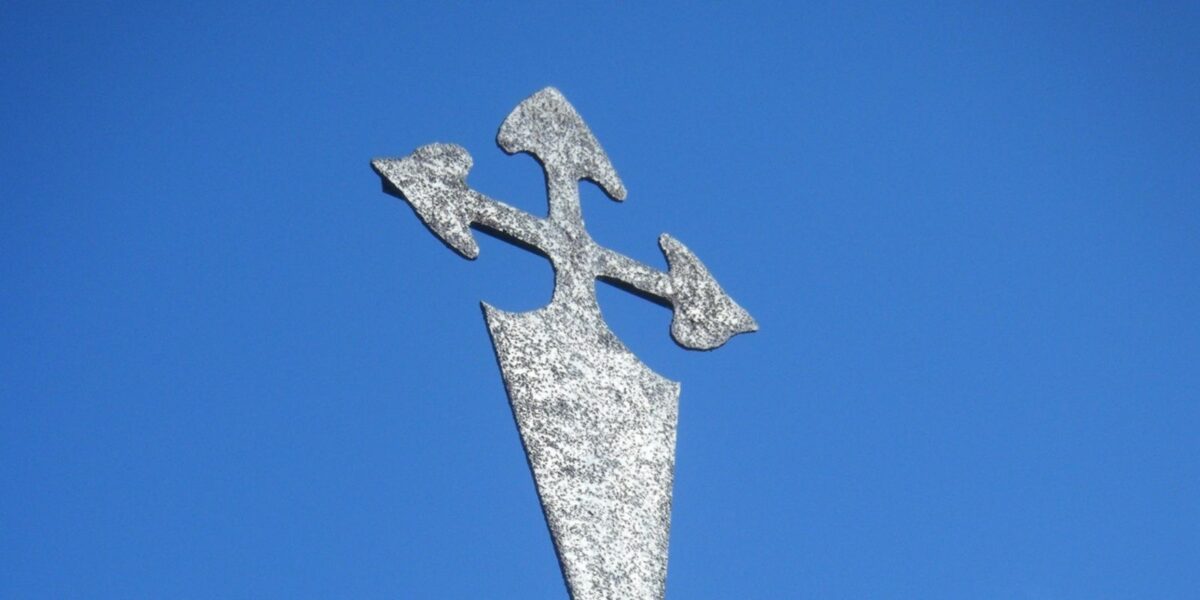
The Camino de Santiago is closely linked to religion
Importance of Pilgrimage as a Spiritual Experience
Pilgrimage encourages reflection and self-knowledge, whether for religious or spiritual reasons. During the Camino, pilgrims seek answers to existential questions, look for inner peace, and face their own limits. Each step is an opportunity for meditation and personal growth.
Spiritual Experiences on the Camino de Santiago
The Camino de Santiago offers numerous spiritual experiences. No matter the initial reason for your pilgrimage, you will find moments of deep introspection and transformation. The Camino teaches us that life is a journey full of learning. During the Camino and our life, we must learn to let go of what no longer serves us and value what truly matters. Every step on the Camino is an invitation to live fully, appreciating each moment as an opportunity to grow and learn.
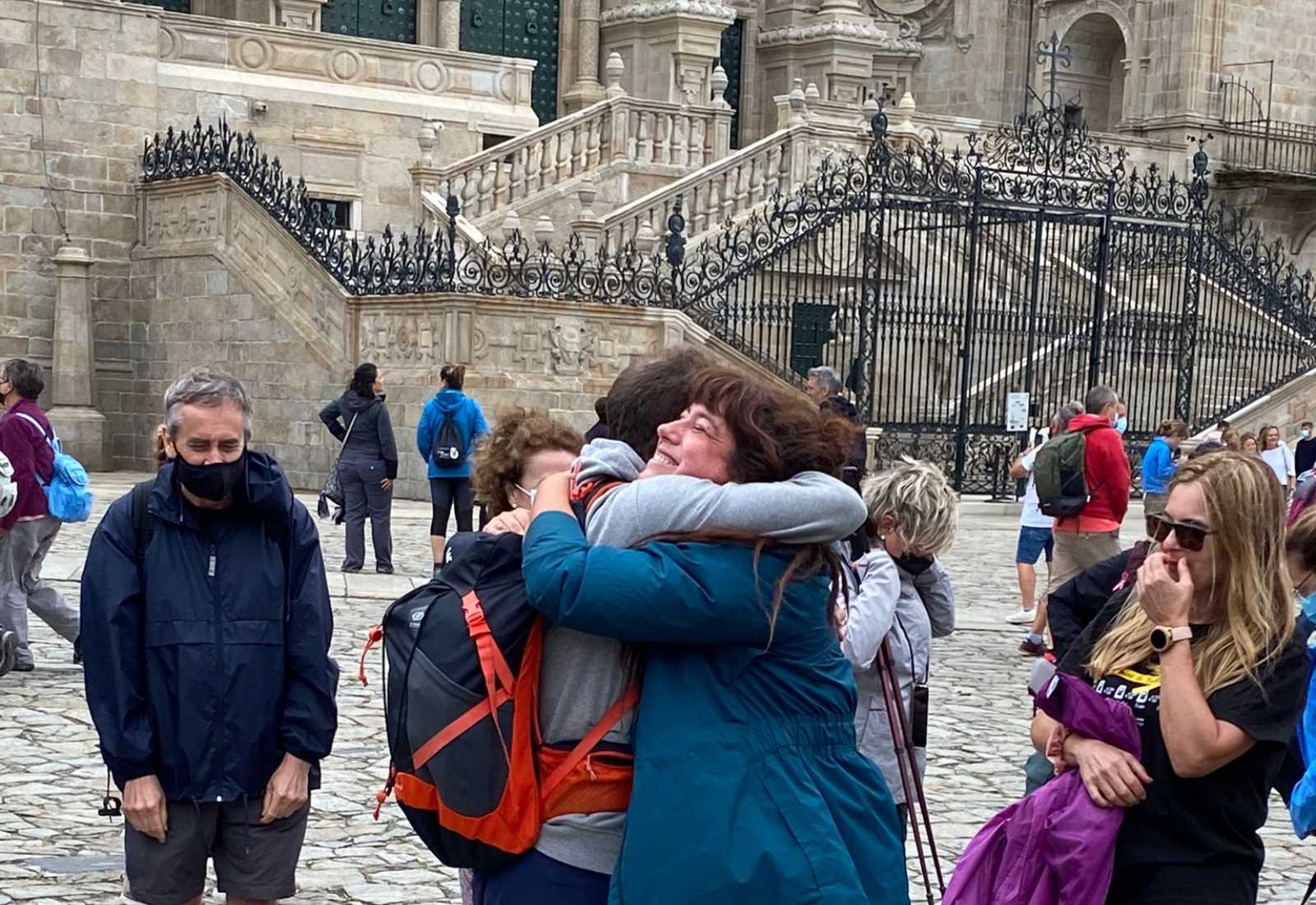
Living every moment of the Camino fully is the basis of this transformative experience
Moments of Introspection and Personal Connection
During the Camino, pilgrims experience moments of solitude that allow them to connect with themselves. This time alone, surrounded by nature, facilitates introspection and meditation, and the Camino is an ideal environment for practicing it. By walking in silence and being present in the moment, pilgrims can develop a greater awareness of their thoughts and emotions.
Being surrounded by nature and walking at a leisurely pace allows pilgrims to calm their minds and connect with their essence. The Camino has a holistic spiritual effect, allowing a total connection with the world around them.
Impact on the Spiritual and Emotional Lives of Pilgrims
Many pilgrims report significant changes in their lives after completing the Camino, as numerous studies show. Some find a new perspective on life, others feel a spiritual and emotional renewal. The journey transforms not only the body but also the soul.
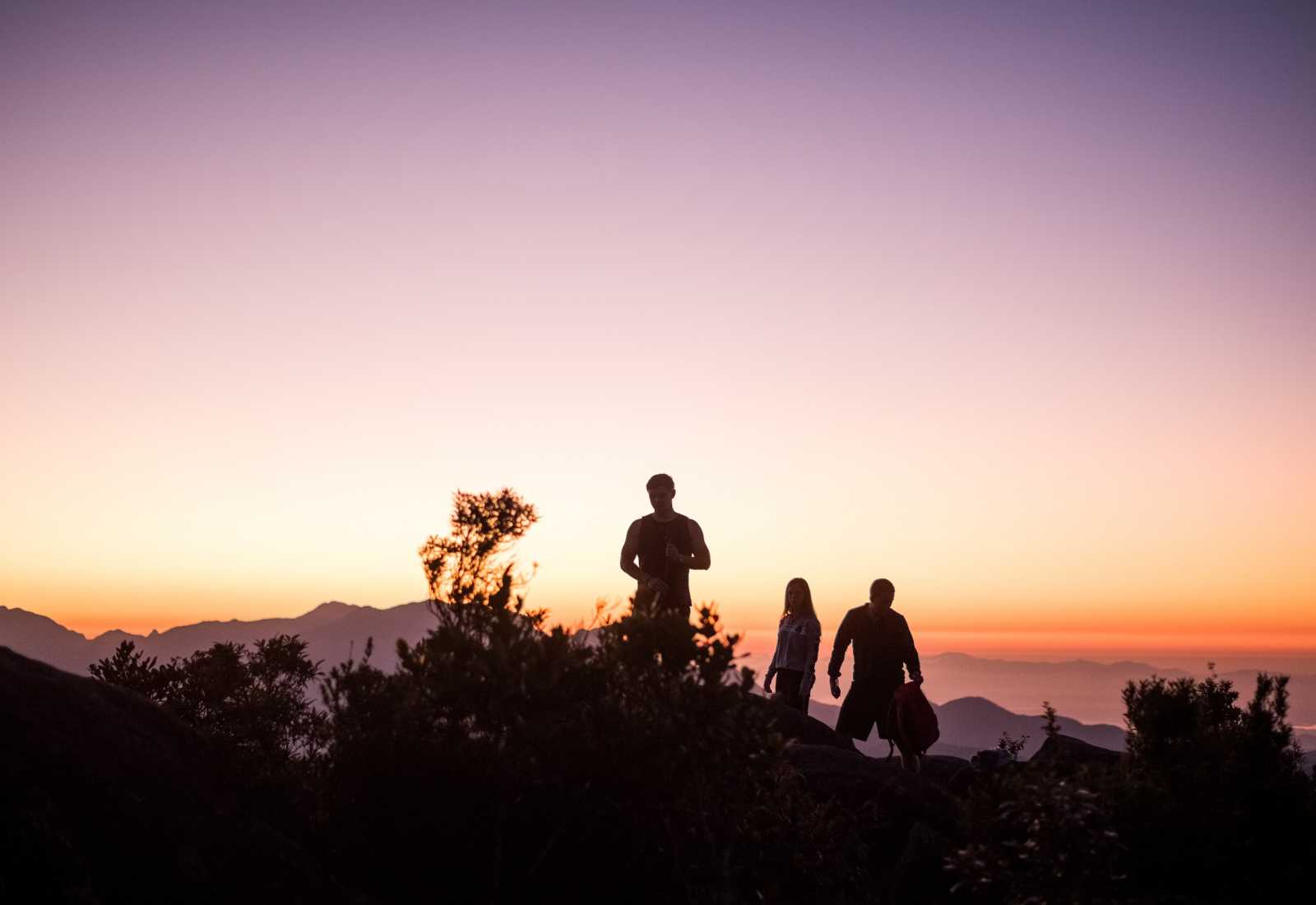
Many times, the landscapes of the Camino invite spirituality
The Camino de Santiago can be seen as a metaphor for life itself, with its ups and downs, challenges, and moments of joy. By facing the obstacles and difficulties of the route, pilgrims can learn valuable lessons about perseverance, humility, and gratitude. The experience of the Camino is an opportunity to reflect on the purpose and meaning of life and to rethink our priorities and values.
Routes and Spiritual Places on the Camino de Santiago
Along the Camino de Santiago, there are numerous places with deep spiritual significance. These spaces invite reflection and meditation, offering an environment conducive to spiritual growth.
Sanctuaries and Monuments with Spiritual Value
Throughout the Camino de Santiago, there are numerous sacred spaces and monuments that hold special meaning for pilgrims, regardless of their religious beliefs. Places like O Cebreiro or the monastery of Samos are points of reflection and prayer for people of all faiths.
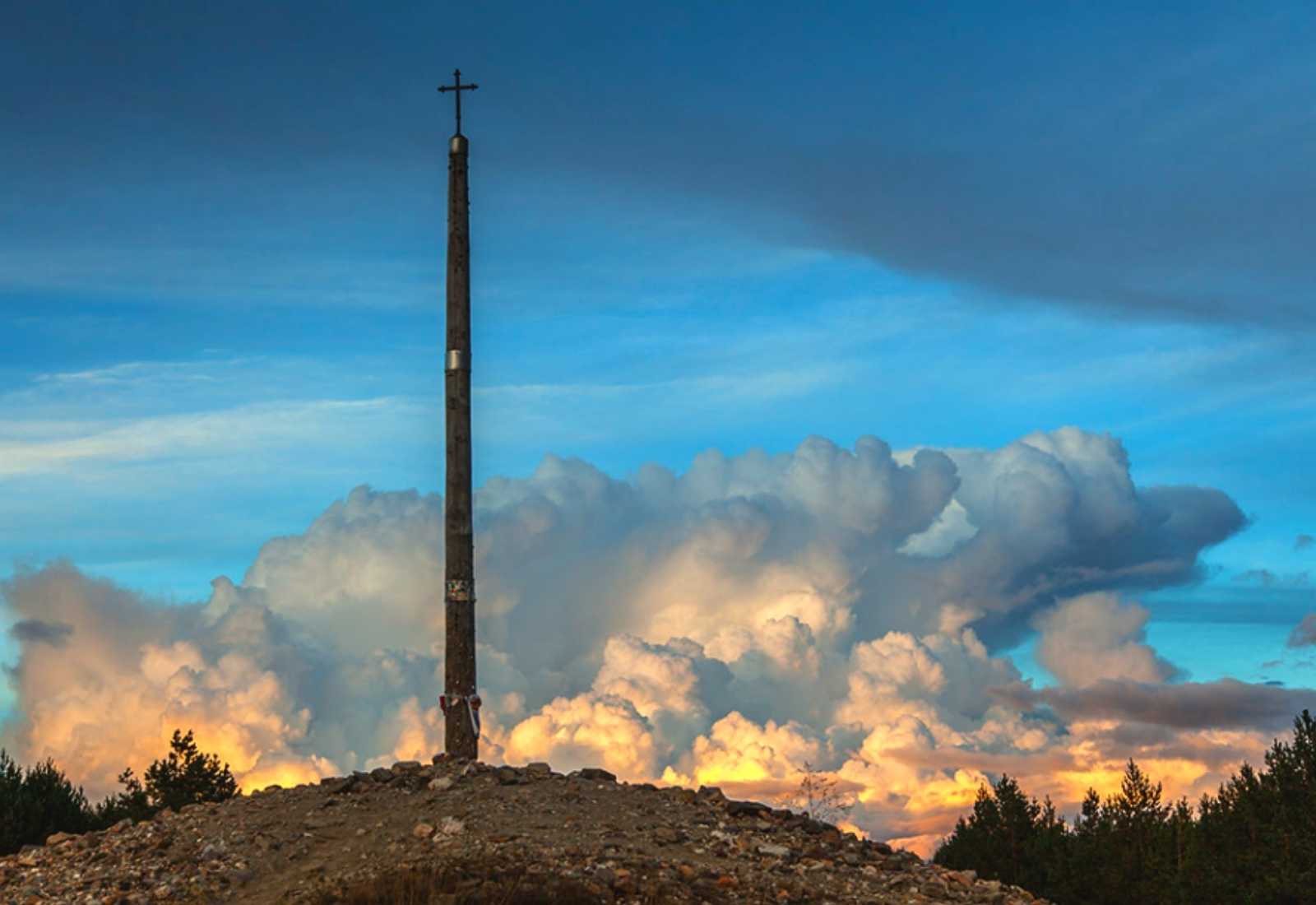
La Cruz de Ferro, on the French Way, is a mythical place of great spirituality
Participating in rituals like leaving a stone at the Cruz de Ferro or embracing the Apostle James in the Cathedral can be very significant experiences. These monuments are not just tourist destinations but also points of encounter with the sacred; each place has a special story and meaning.
Reflection and Meditation in Nature
The Camino de Santiago traverses a diversity of landscapes, from majestic mountains to lush forests and green fields. This connection with nature is one of the most significant aspects of the spiritual experience on the Camino. By walking paths that have been traveled by generations, pilgrims feel connected to the land and the ancestral history it holds.
The natural surroundings of the Camino invite contemplation and gratitude for the beauty of the world around us. Moments of silence during the journey allow the mind to quiet and pilgrims to immerse themselves in the majesty of the landscape. This intimate relationship with nature creates a sense of fulfillment and serenity.
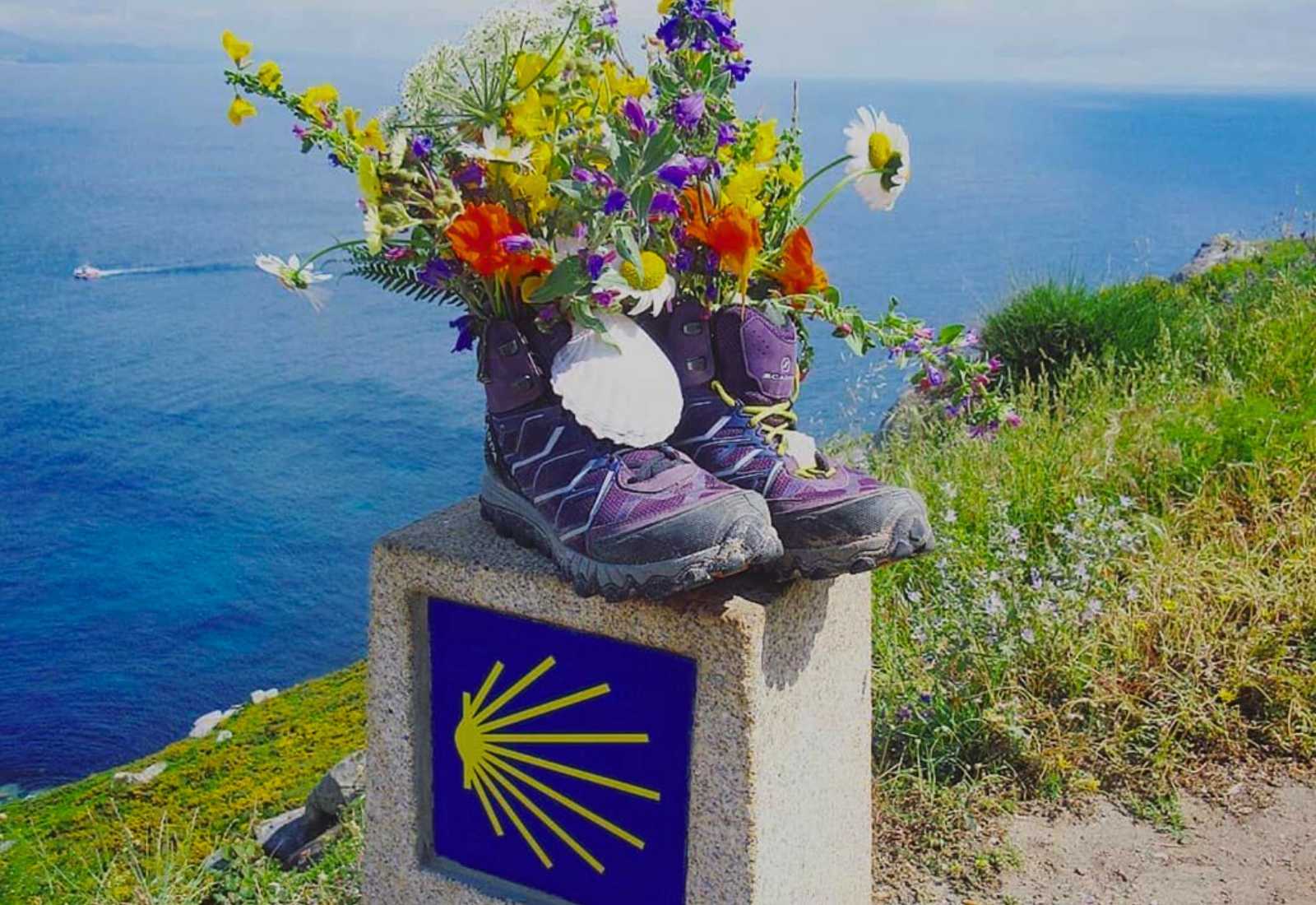
Nature in all its splendor provides a charge of inspiring spirituality
Psychological and Emotional Benefits Derived from the Spiritual Experience
Pilgrimage offers numerous physical and psychological benefits. Pilgrims often experience reduced stress, increased mental clarity, and a greater sense of well-being. The combination of physical exercise, time in nature, and reflection contributes to a more balanced mental and emotional health. It is also a potent reducer of anxiety and depression.
Tips for Cultivating Spirituality on the Camino de Santiago
To make the most of the spiritual experience of the Camino de Santiago, it is useful to follow some tips. Here are some recommendations:
- Practice daily meditation: Dedicate a few minutes each day to meditation to calm your mind and connect with your inner self.
- Keep a journal: Write down your thoughts, emotions, and experiences along the way. This will help you process and reflect on your journey.
- Be mindful of the present: Enjoy every step and every moment of the journey. Stay present and observe your surroundings attentively.
- Seek moments of solitude: Take advantage of moments when you walk alone to reflect and meditate.
- Talk to other pilgrims: Share your experiences and listen to others. Conversations can enrich your journey and offer new perspectives.
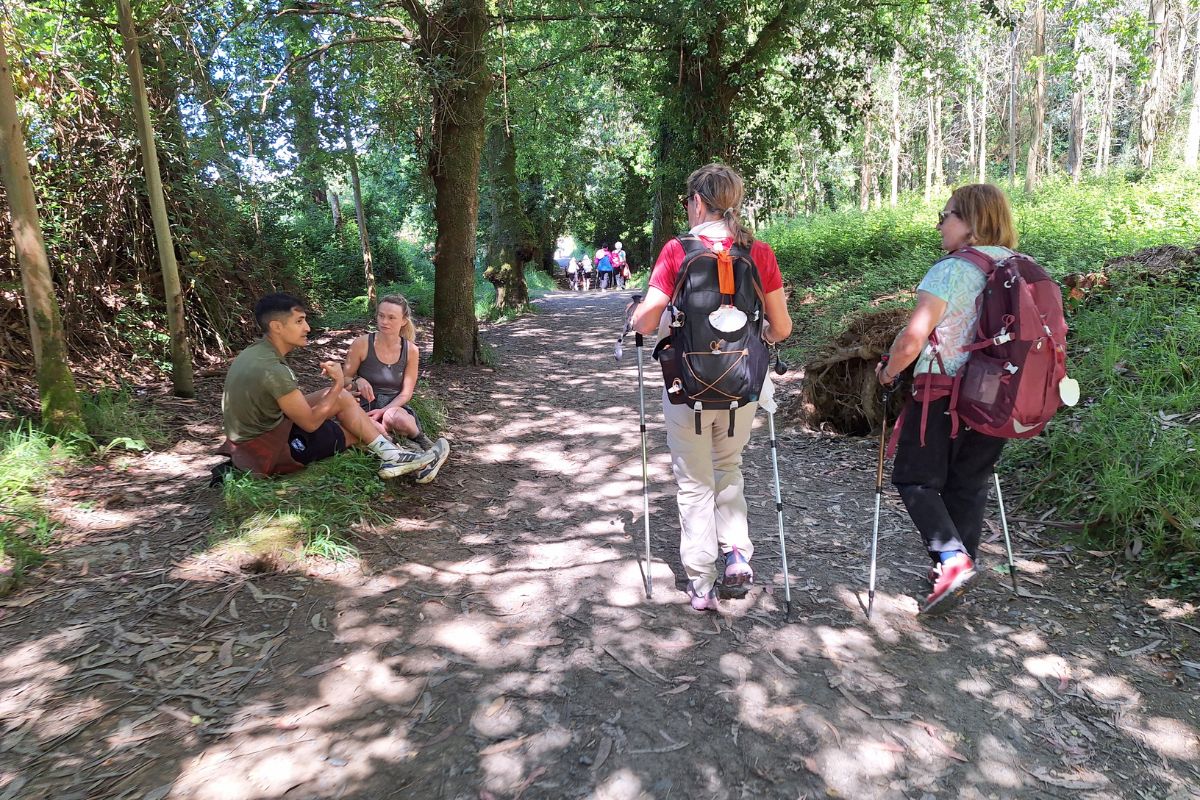
Talk and share your thoughts with other pilgrims
Final Reflections on Spirituality on the Camino
The Camino de Santiago is a unique opportunity to explore and deepen your spirituality. Throughout the Camino, each pilgrim finds their own meaning and purpose. If you are going through a difficult time in your life, it is the best therapy and medicine you can turn to. Whether through meditation, connection with nature, or encounters with other pilgrims, this journey offers a space for personal transformation and self-discovery.
At the end of the Camino, you will not only have arrived in Santiago de Compostela, but you will also have embarked on an inner journey full of discoveries and growth. Pilgrims discover that the true treasure of the Camino is not so much in reaching the destination. As the saying goes, the journey itself is the goal, a process of transformation that allows each pilgrim to become a better person. So, if you are looking for a journey that allows you to connect with yourself and the sacred, the Camino de Santiago awaits you with open arms.

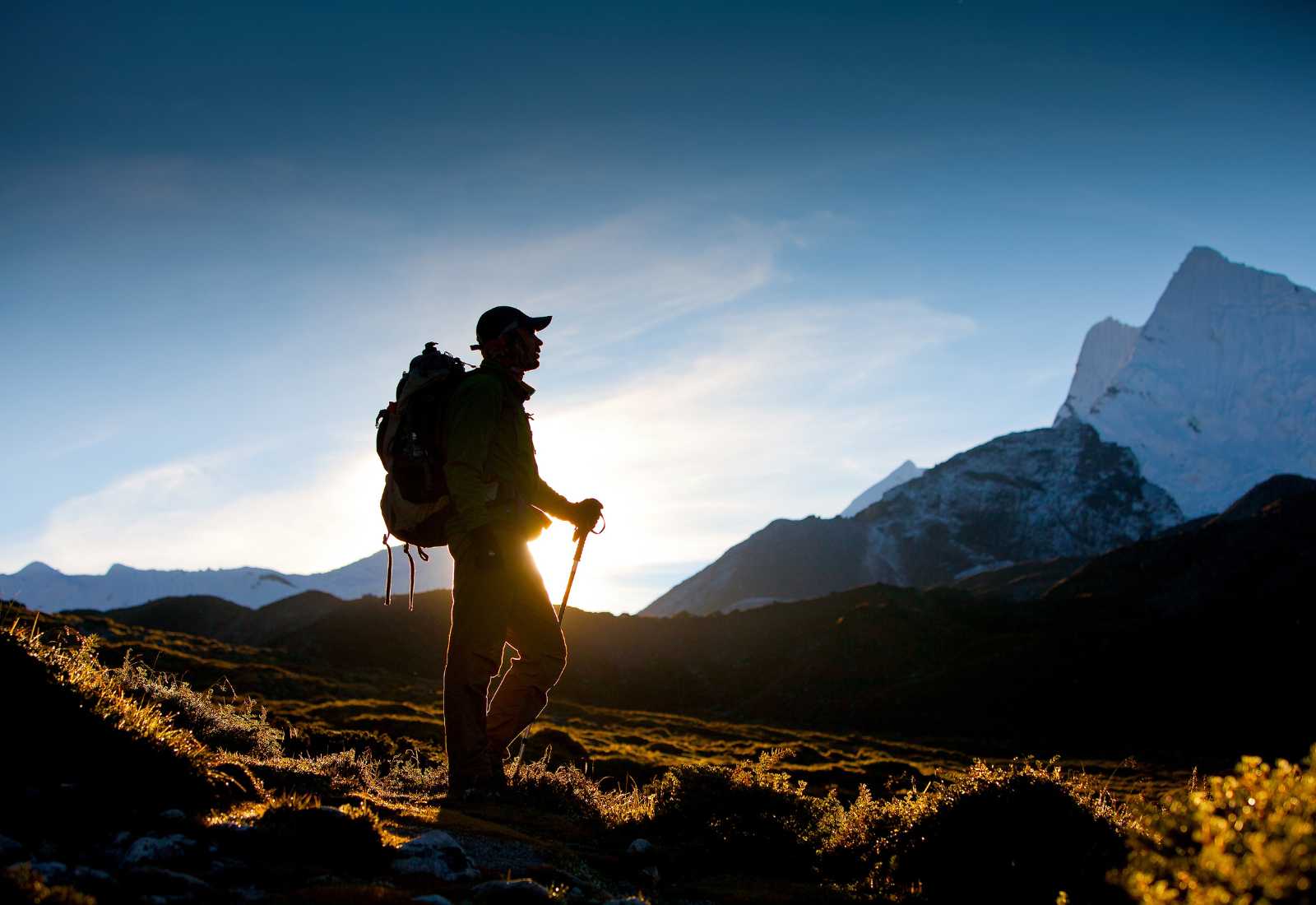


Leave A Comment